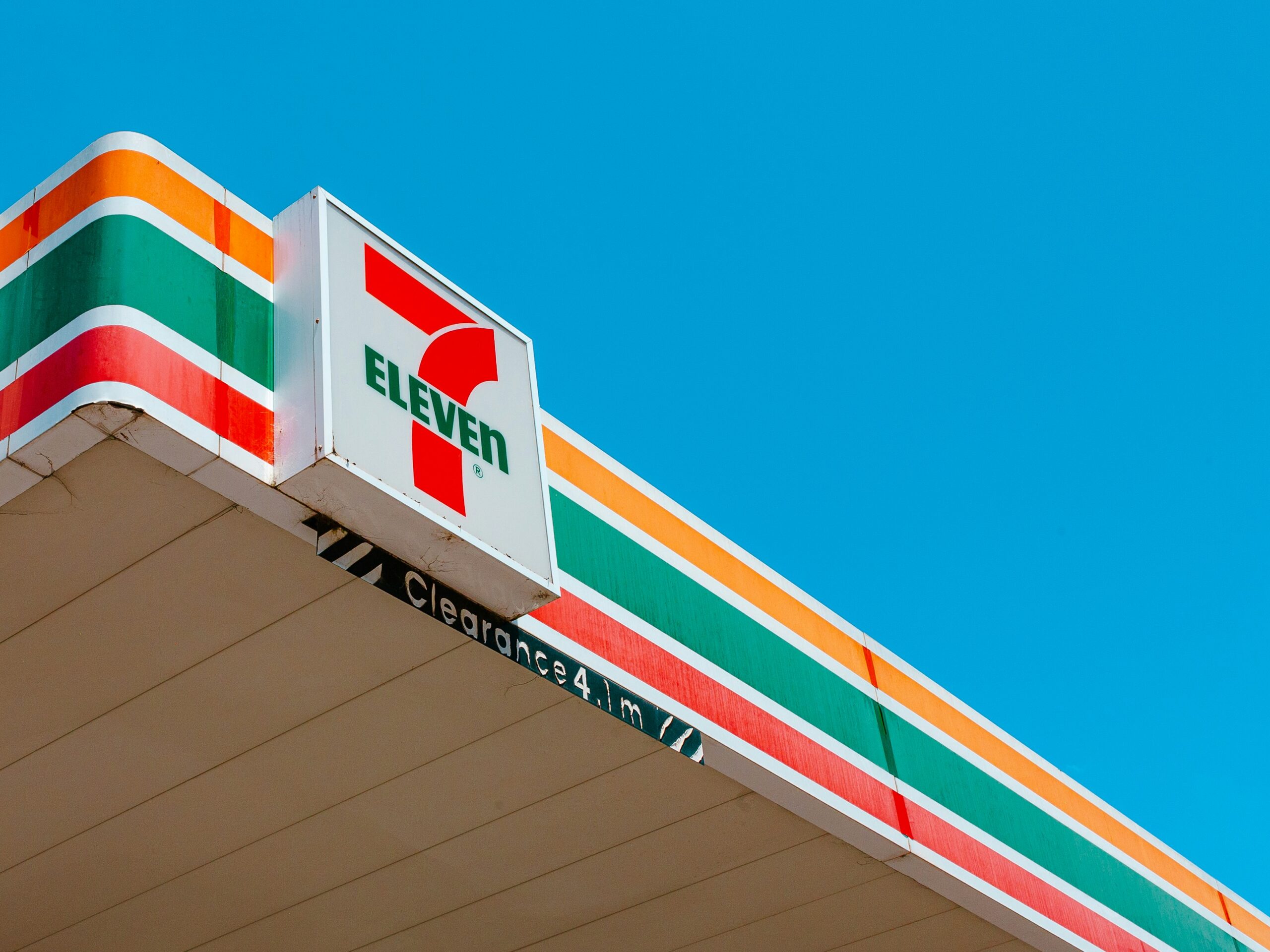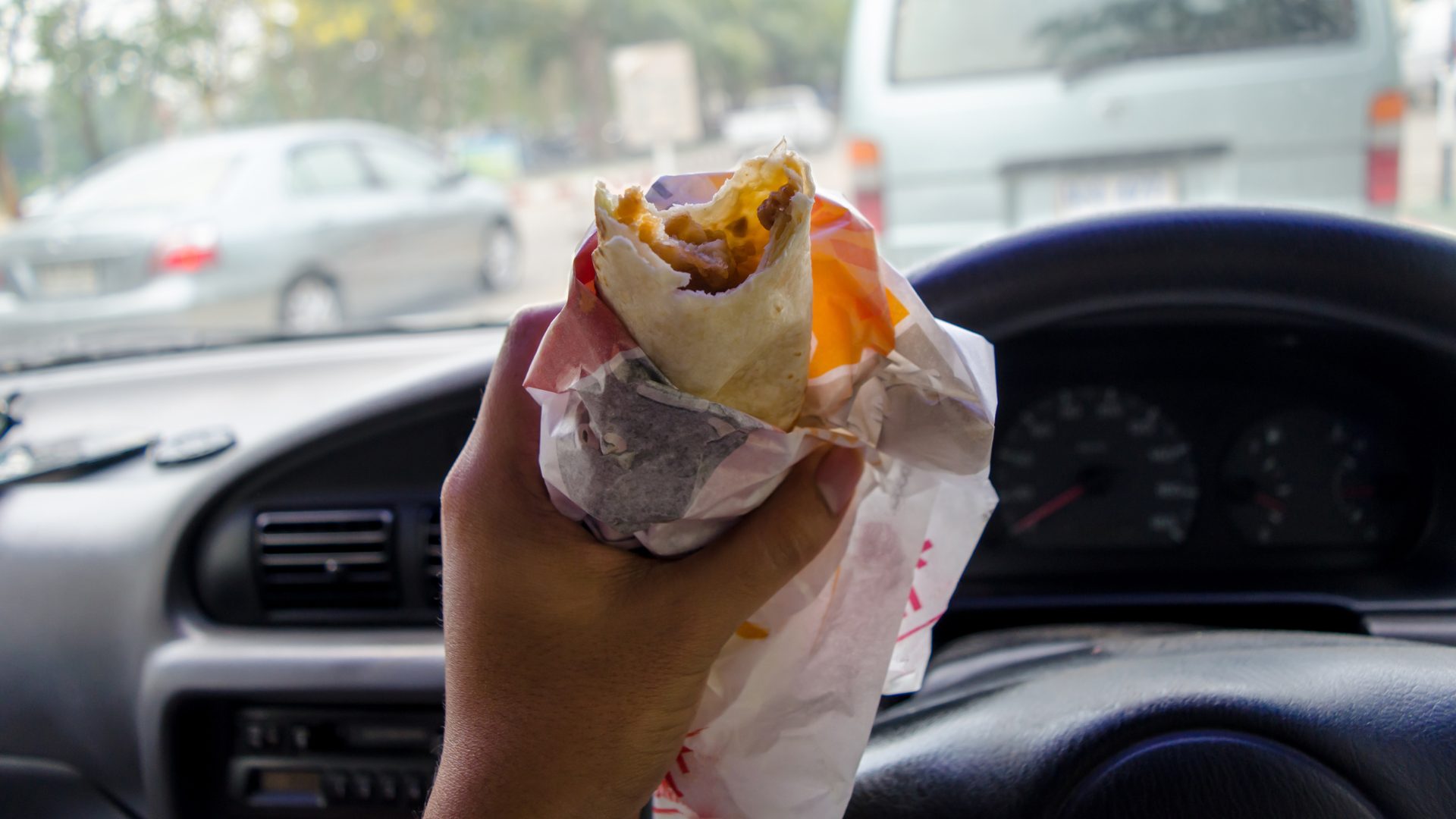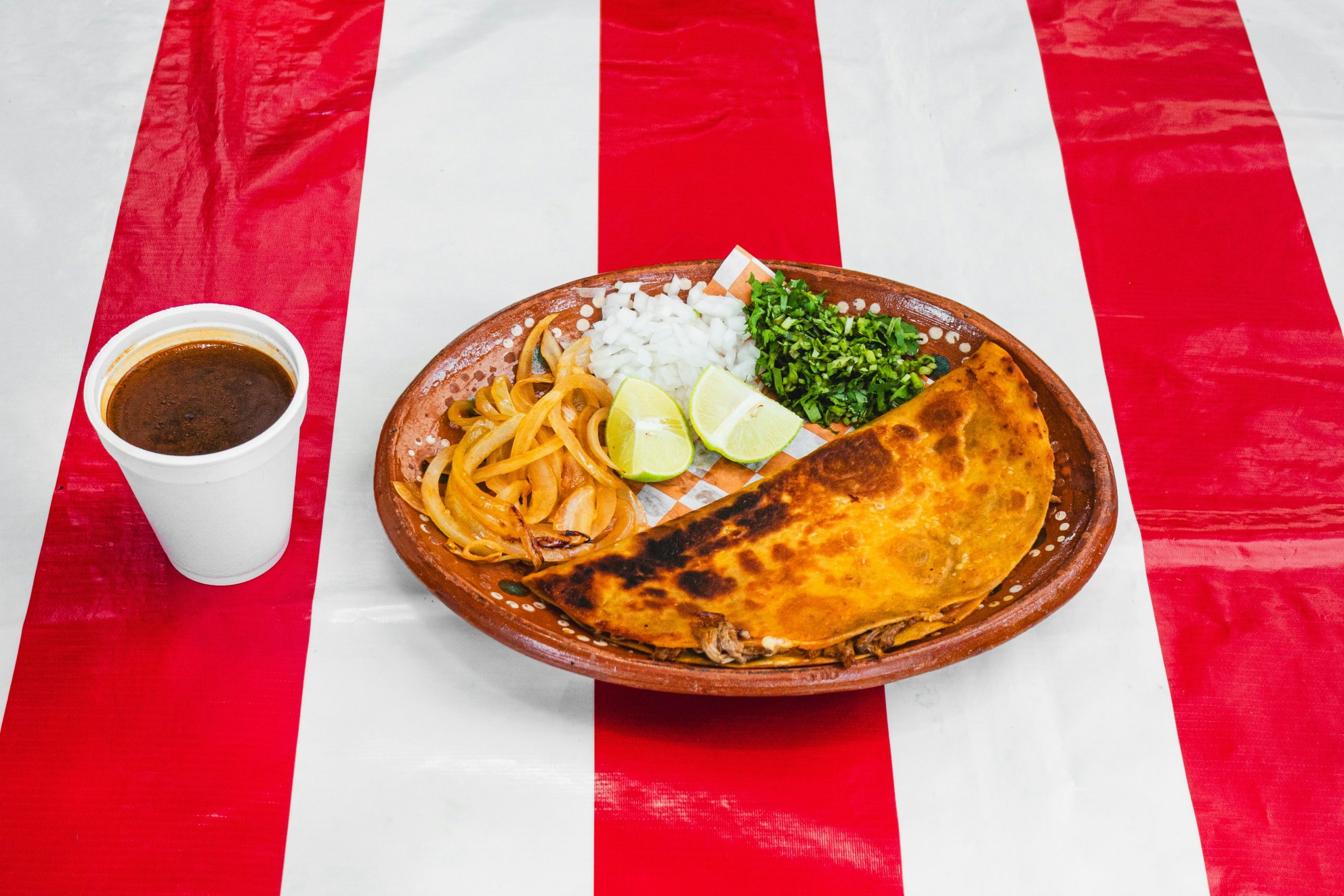“It’s Not Crazy, It’s Casey’s.”
That ethos sums up the food-away-from-home situation better than most as the summer approaches and grocery stores, retailers, club stores, and more try to figure out how to provide value, food, services, and sundry to inflation-weary consumers from coast to coast. If the new slogan for Casey’s-brand C-stores calls direct attention to the flip-the-script aspect of today’s market, it shouldn’t surprise operators too terribly much – dairy is expensive. Beef is expensive. Sugar is expensive. Vanilla is expensive. Chocolate is really, almost scarily expensive.
Casey’s new slogan is meant to specifically target many of its higher-cost competitors, no matter the format of their store. With 2,600 locations spread across 17 states, the Iowa-based C-store is quietly America’s third-largest C-store chain and fifth-largest pizza chain, and the new slogan reinforces a strategy of direct, deliberate, and targeted restaurant-quality food offerings, unique LTOs, and value-driven products that offer an “unexpected convenience experience” long absent from traditional C-store fare.
Casey’s Goes for the Throat Stomach
Gone are the days of stale donuts and rotisserie hot dogs that look as if they’d survive a nuclear blast.
Instead, Casey’s private-label line (simply called Casey’s) features over 300 products in 31 categories. “It has never been a more exciting time for Casey’s, with our significant growth in store numbers, food innovation, and freshly prepared offerings,” said Steph Hoppe, VP of omnichannel marketing at Casey’s, to Progressive Grocer.
“Now is the perfect time for our brand to position itself as so much more than a typical gas station – and ‘It’s Not Crazy, It’s Casey’s’ emphasizes the surprising reality that you can get a delicious meal and all the other daily products you love while filling up your tank at a convenience store.”
Placer.ai recently codified this phenomenon. In its recent white paper, “C-Stores: From Convenient Stops to Go-to Destinations,” the data reinforces just how far C-stores have come in taking market share away from retailers and grocers. C-stores, in fact, have outperformed overall retail over the past 12 months in year-over-year visits, led by chains such as Maverik, Buc-ee’s, Rutter’s, and Casey’s.
Casey’s and Maverik are highlighting breakfast. Casey’s famous breakfast pizza remains a huge draw to its stores for those who want a little Italian with their coffee and fuel in the morning, while Utah-based Maverik – which recently acquired Kum & Go and its 400+ stores – offers a slew of specialty burritos and other chef-inspired creations.
Buc-ee’s and Rutter’s, on the other hand, are leveraging increased square footage and store footprints to drive sales and steal market share away from grocers and retailers. Buc-ee’s holds the world record for the largest C-store, and even counts its award-winning bathrooms as a draw, helping to account for its much greater share of weekend visits than other C-store chains (36.9% market share on weekends compared to 28.3% for its competitors). Buc-ee’s has become a destination, not just a place to fill up and move on.
Rutter’s, meanwhile, is building up to get customers in. A recent second-floor addition to a store in York, Penn. offers an expansive beer cave and wine selection, and consumers increased their year-over-year dwell time by over 15%.
If you haven’t visited a contemporary C-store lately, now might be the time to see how they’re doing it and adjust appropriately. It’s not like people are flocking to C-stores just for the gas.
Quarterly Results Rattle Operators & Investors
Meanwhile, The Wall Street Journal recently reported that consumers are mad as hell and not going to take it anymore – at least as far as food prices go. After years of increases, many food manufacturers rang the alarm bell in recent earnings calls as low-income consumers’ spending continues to recede, eroding profits and begging the question, well where are they going?
The Food Institute covered some of the answer to this question in its news review earlier this month:
Fast-food chains, C-stores, and snack makers are benefitting as they plan new deals, flavors, and collaborations to compete for every little cent. Per the article, coffee drinkers are leaving Starbucks’s loyalty program; Chips Ahoy fans are on shore leave, leaving more and more boxes lingering in an ocean of plastic on store shelves; and fewer customers are ordering fast food, pressuring big companies like McDonald’s and Wendy’s.
Adding fuel to the retail fire is more and more data that the era of one-stop shopping is far behind us. The Wall Street Journal recently reported that consumers make 8% more trips to different retailers as inflation hampers budget-conscious consumers across the country, which makes sense given the fact that grocery prices today are 21% more expensive than they were just three years ago, and that groceries now account for the highest percentage of household budgets in over 30 years. No wonder private label is thriving.
The Food Institute Podcast
Corn stocks, poultry flocks, and highly-pathogenic avian influenza – what does the U.S. agricultural system look like amid inflation and other headwinds? Wells Fargo Chief Agricultural Economist Dr. Michael Swanson discussed specialty crops, grain plantings, and what to expect in the growing year to come.













